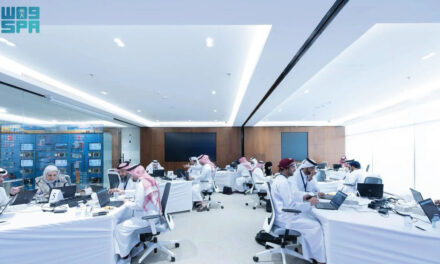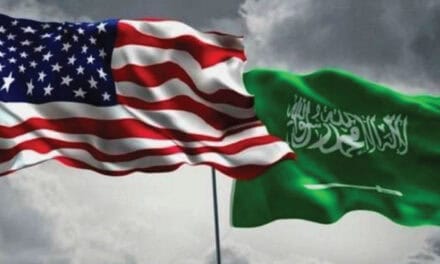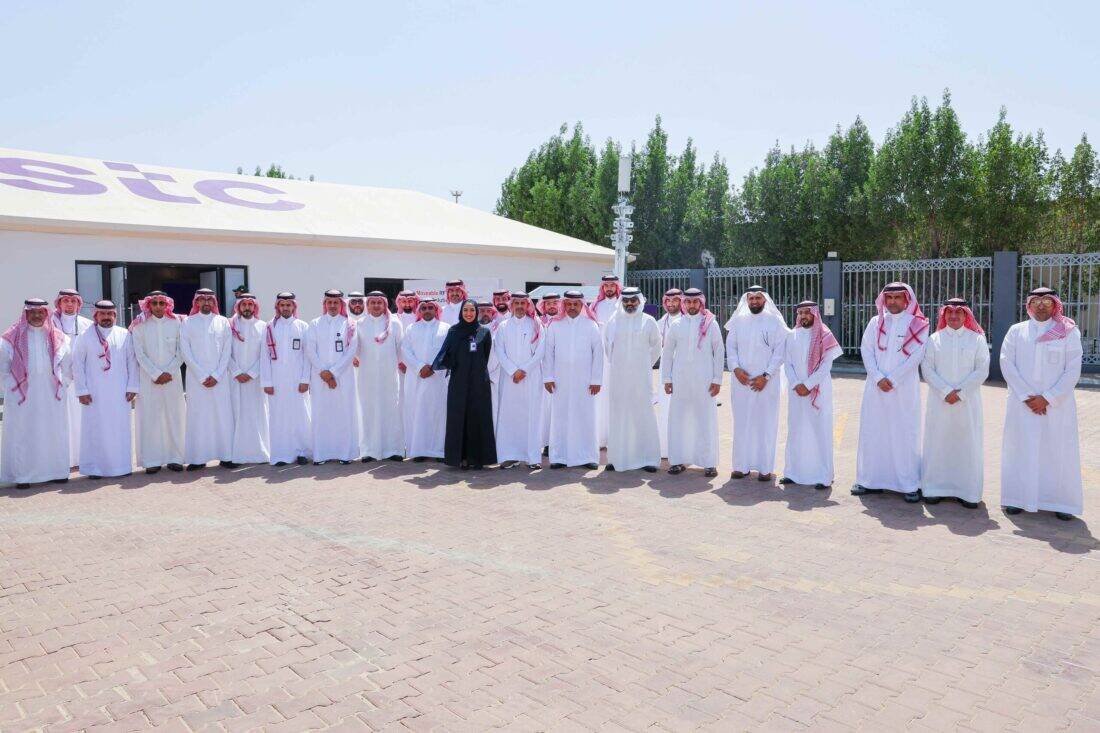Researchers from King Abdullah University of Science and Technology (KAUST) and NASA’s Jet Propulsion Laboratory have discovered 26 previously unidentified bacterial species inside NASA’s spacecraft cleanrooms—organisms that may hold clues to microbial survival in space.
Published in Microbiome, the international collaborative study revealed that the bacteria, found in ultra-sterile environments meant to prevent contamination, possess genetic traits enabling them to withstand radiation and other extreme conditions encountered during space travel.
The findings have significant implications for planetary protection and future mission planning. “This partnership not only supports Saudi Arabia’s ambitious vision through the Saudi Space Agency, but also reinforces KAUST as a global leader in space and microbial biology,” said Dr. Kasthuri Venkateswaran, retired NASA scientist and study co-author.
KAUST Professor Alexandre Rosado, a key contributor to the research and a member of several NASA planetary protection working groups, noted the study’s focus on understanding how extremophiles could potentially be transferred during space missions.
The discovery enhances NASA’s ability to predict the types of microorganisms astronauts might encounter on missions, while advancing Saudi Arabia’s scientific footprint in space exploration and biotechnology.






